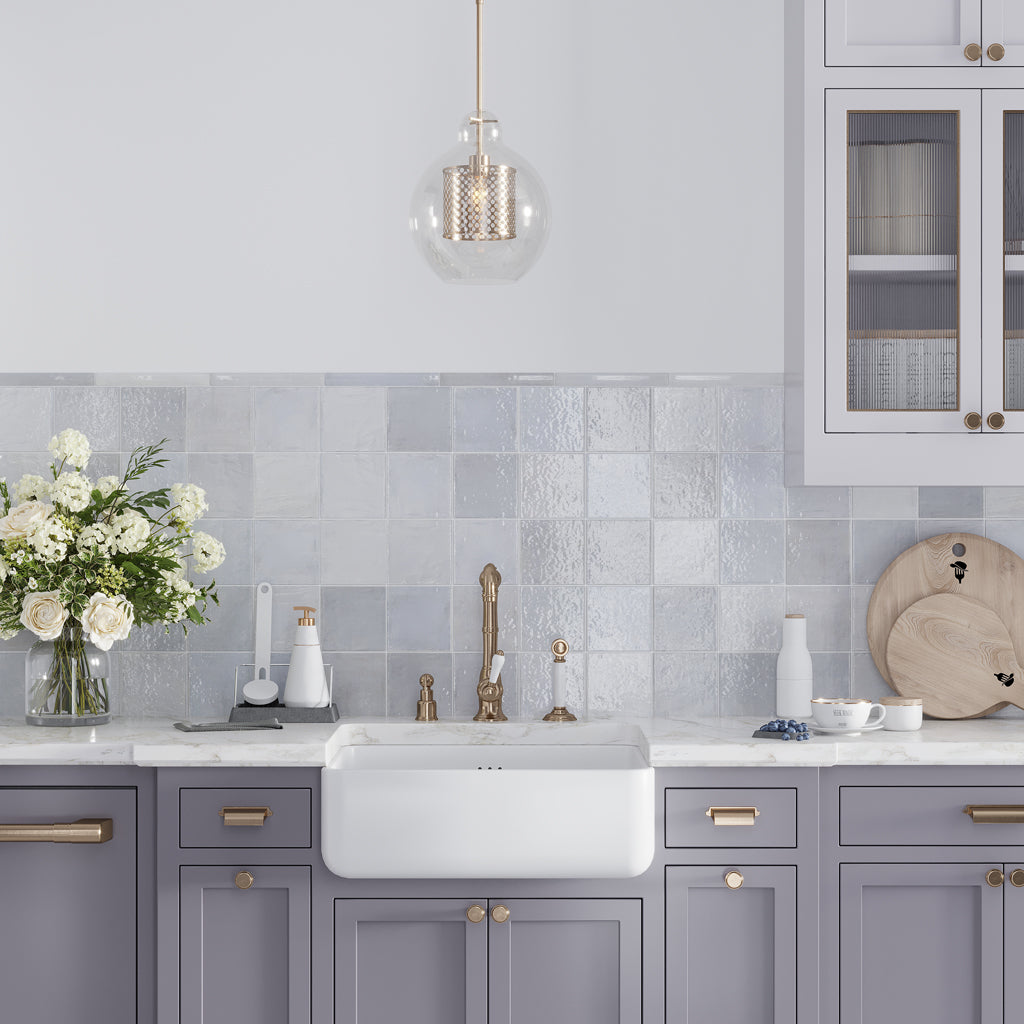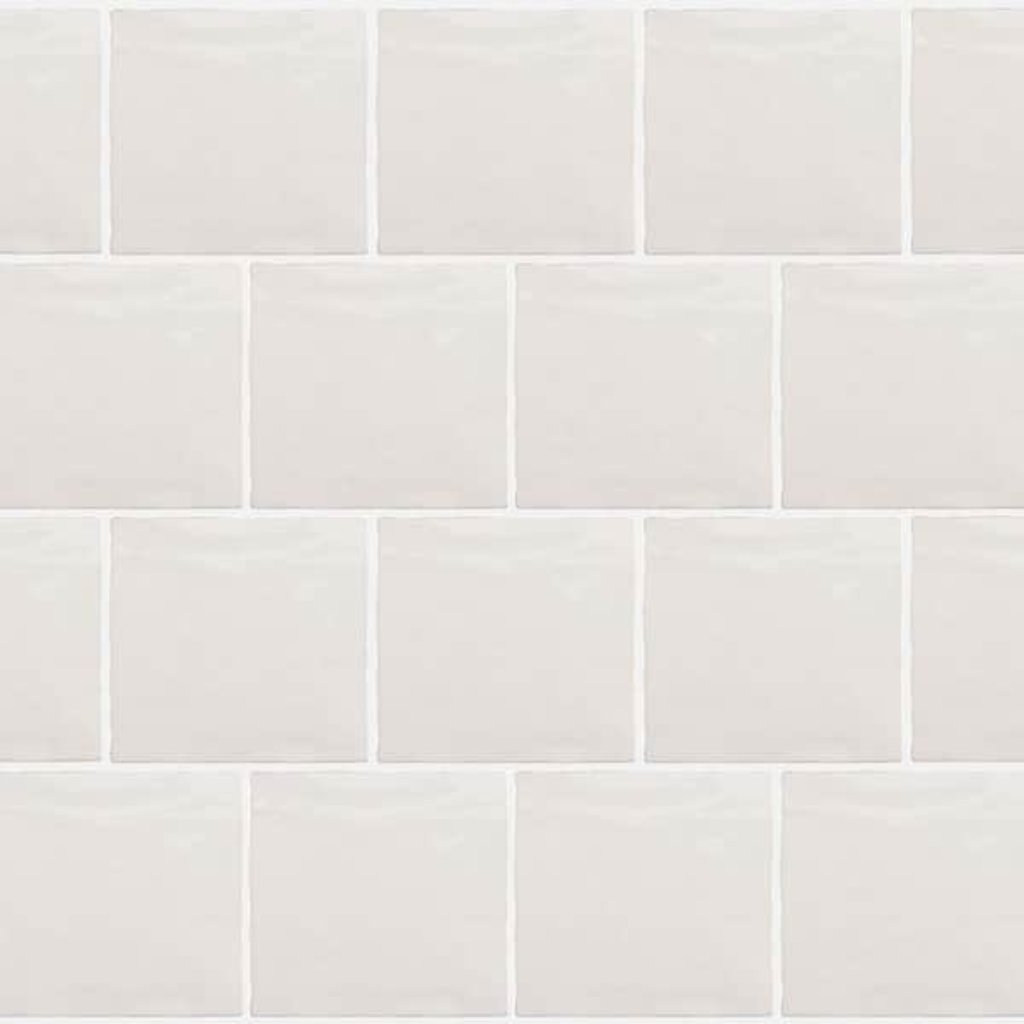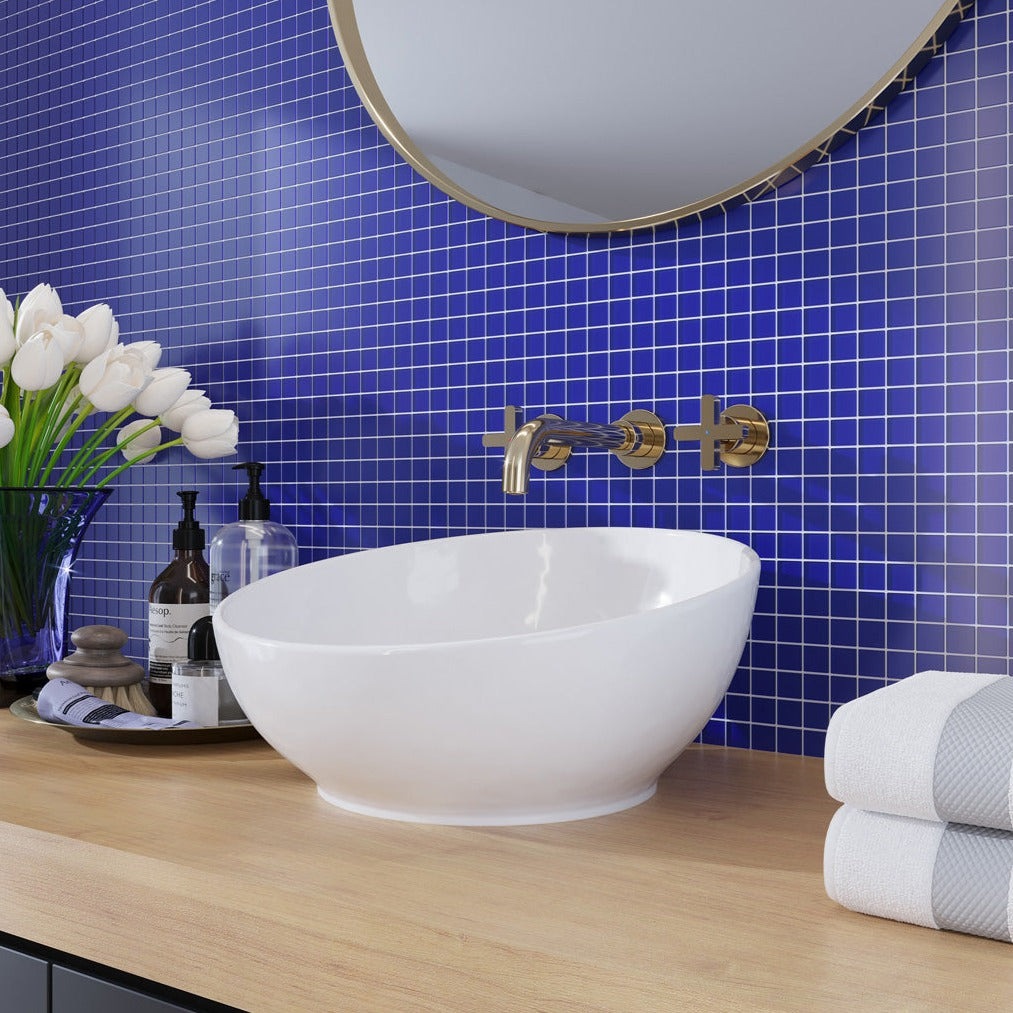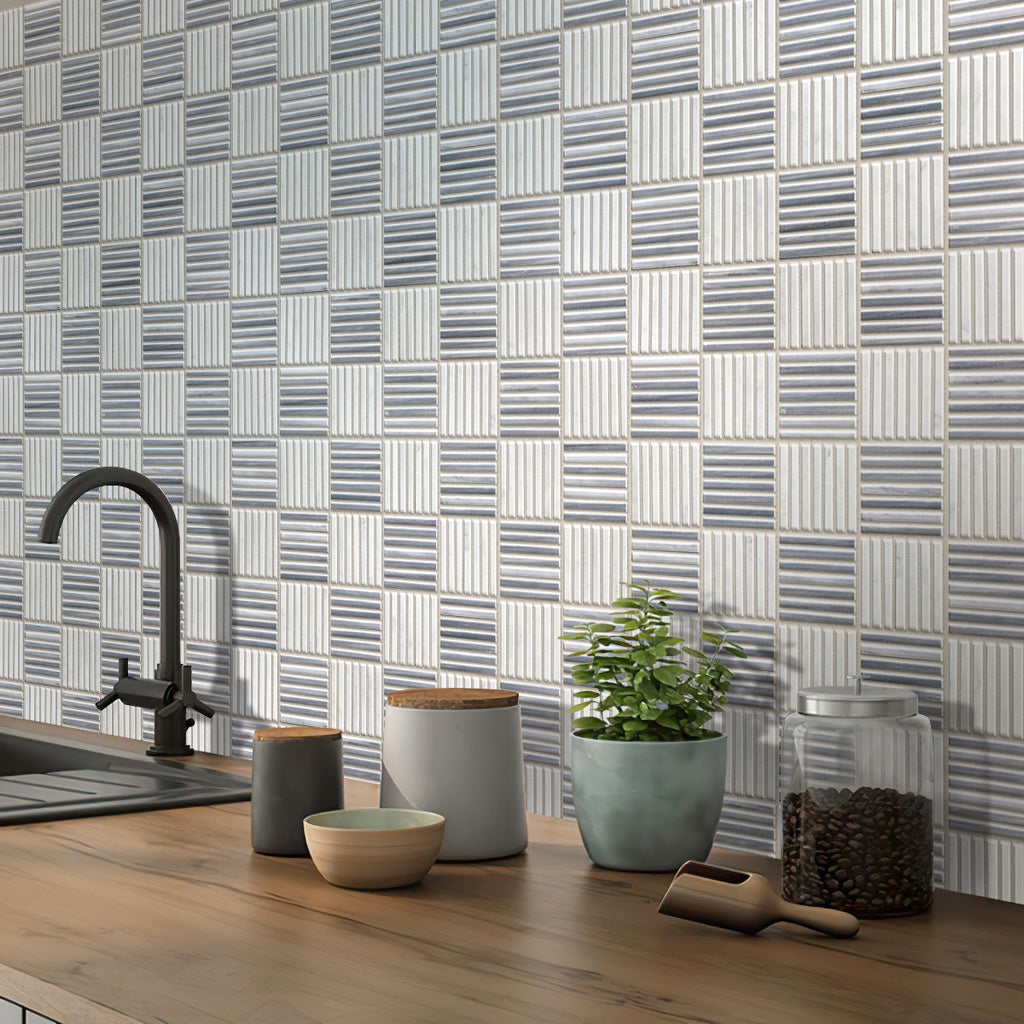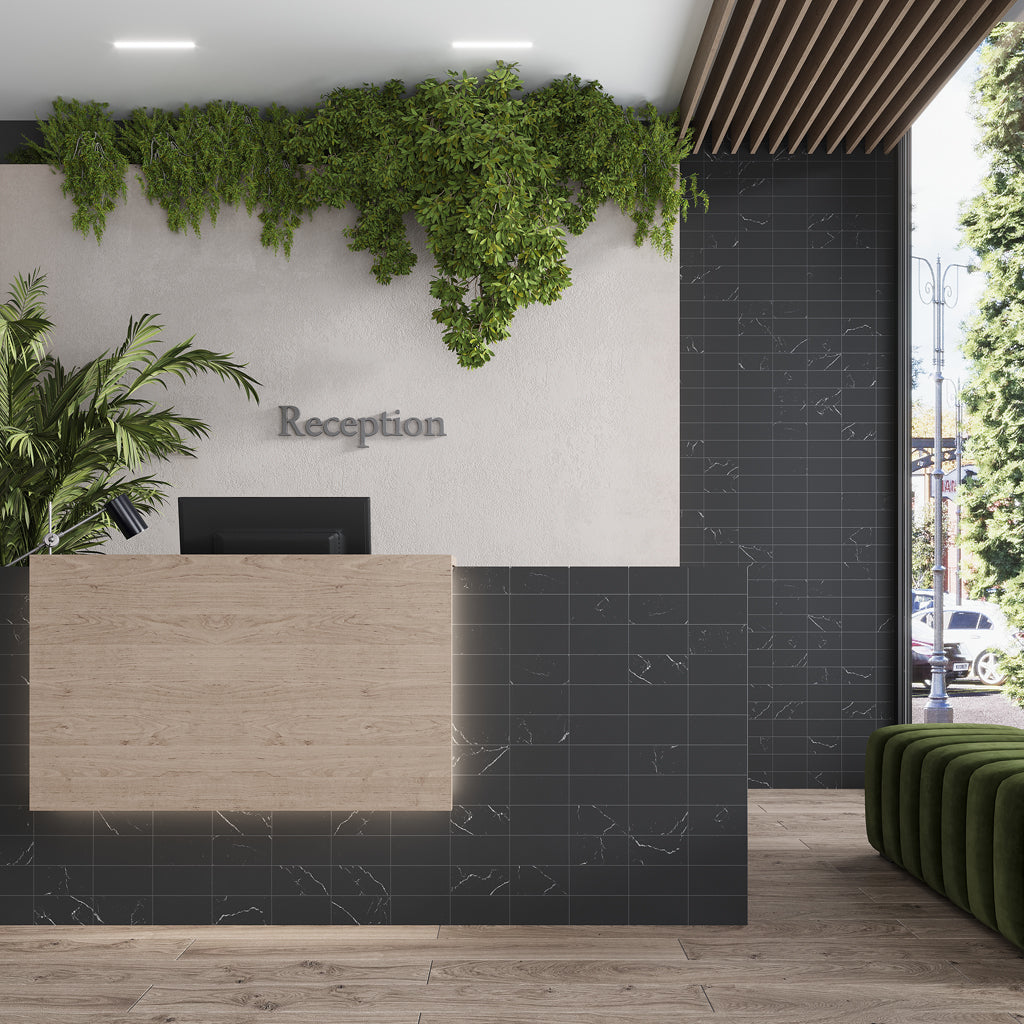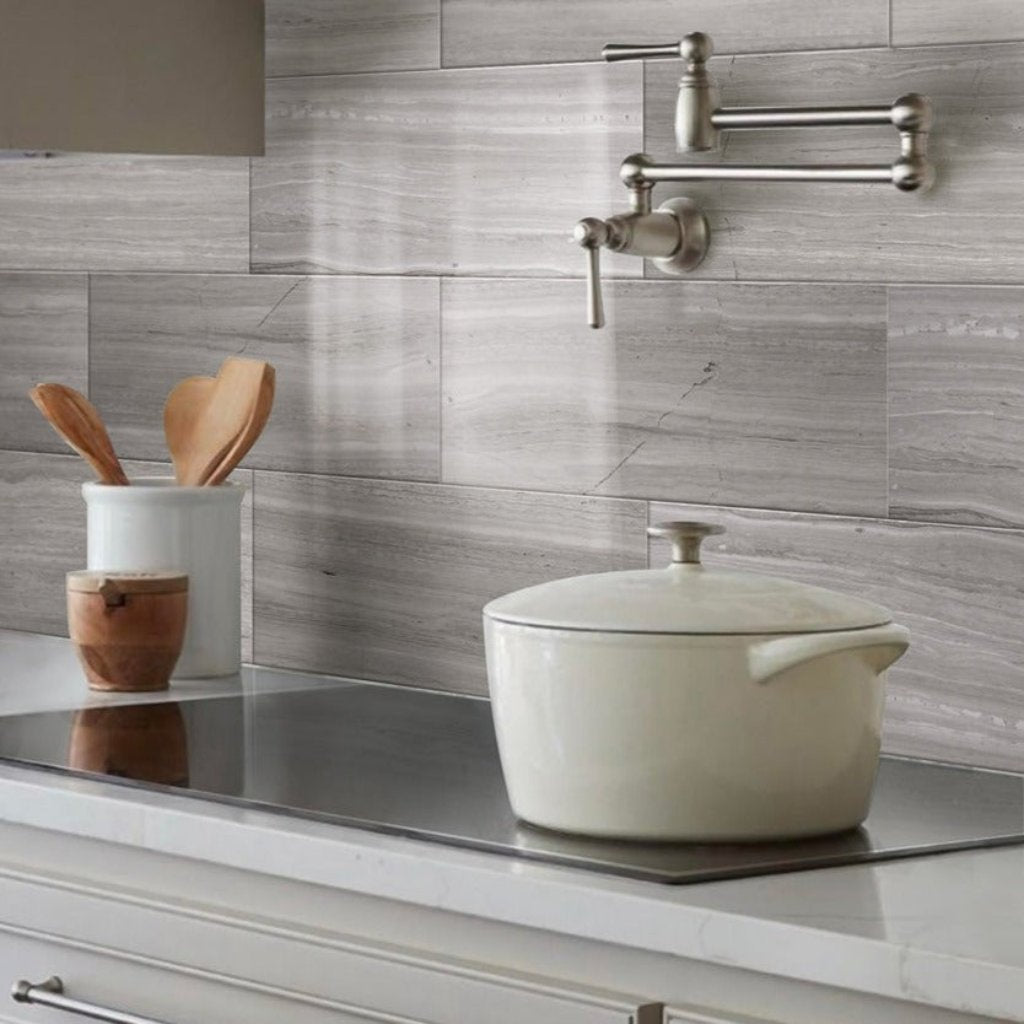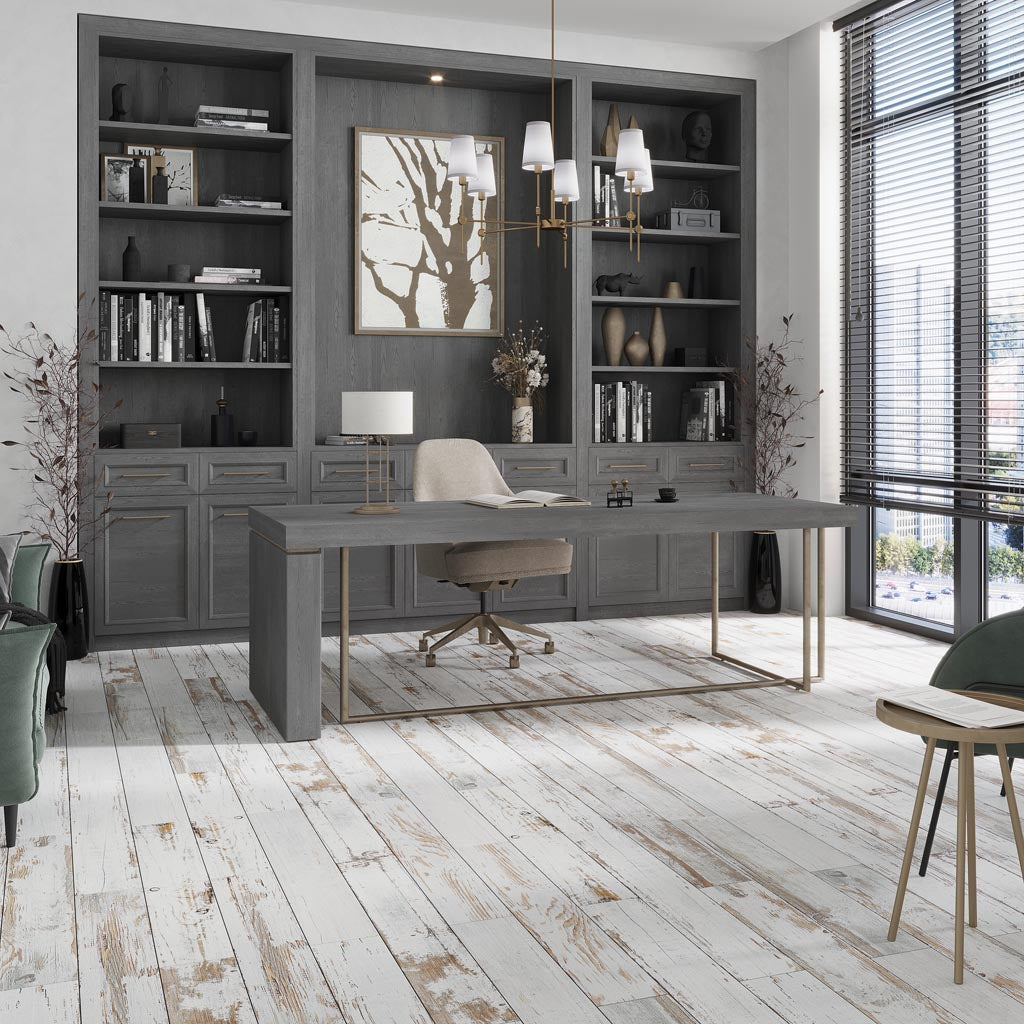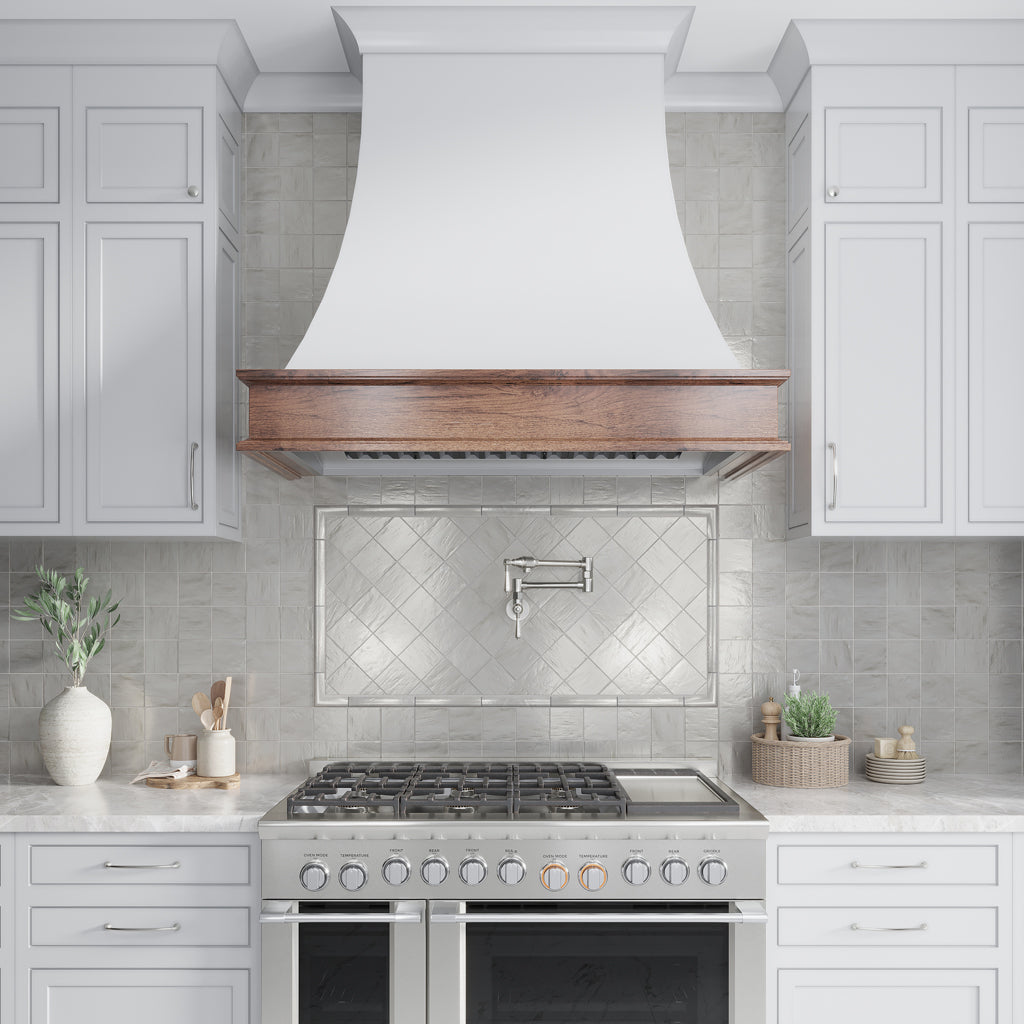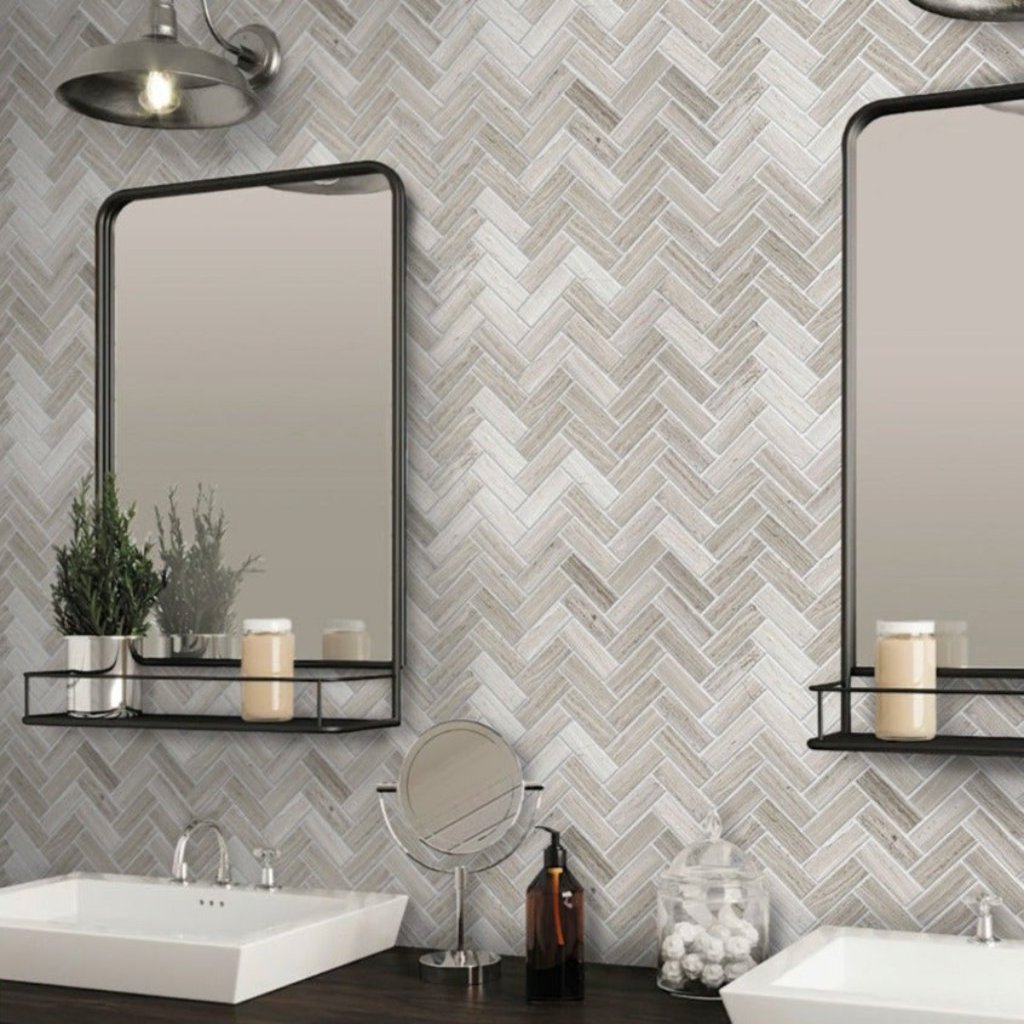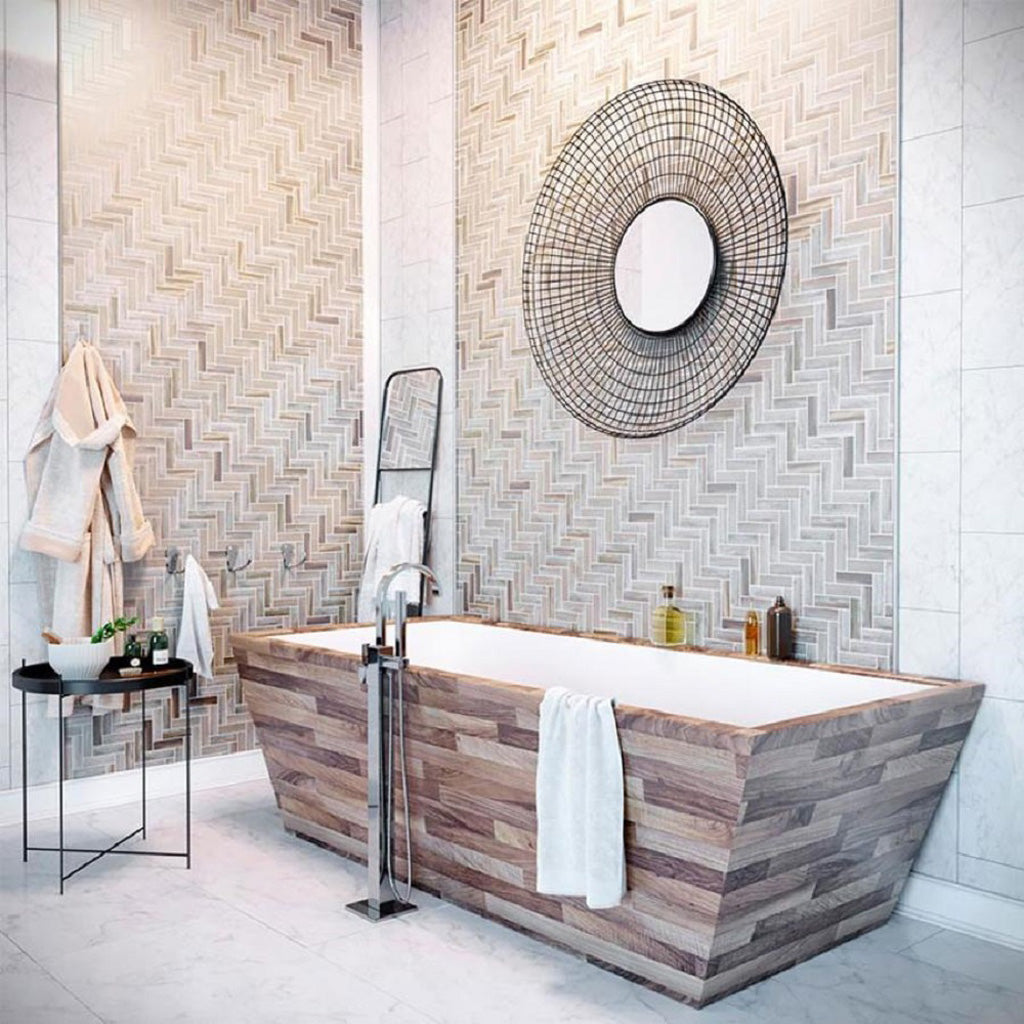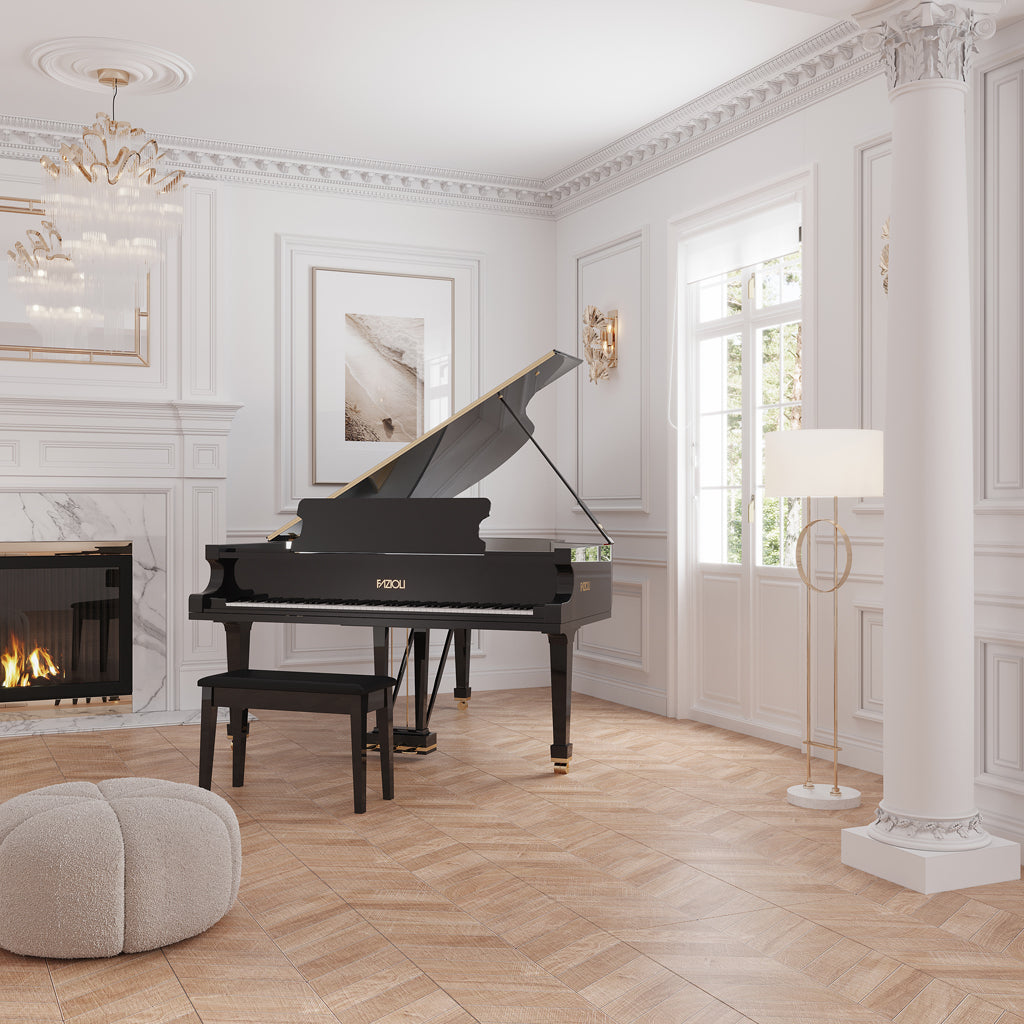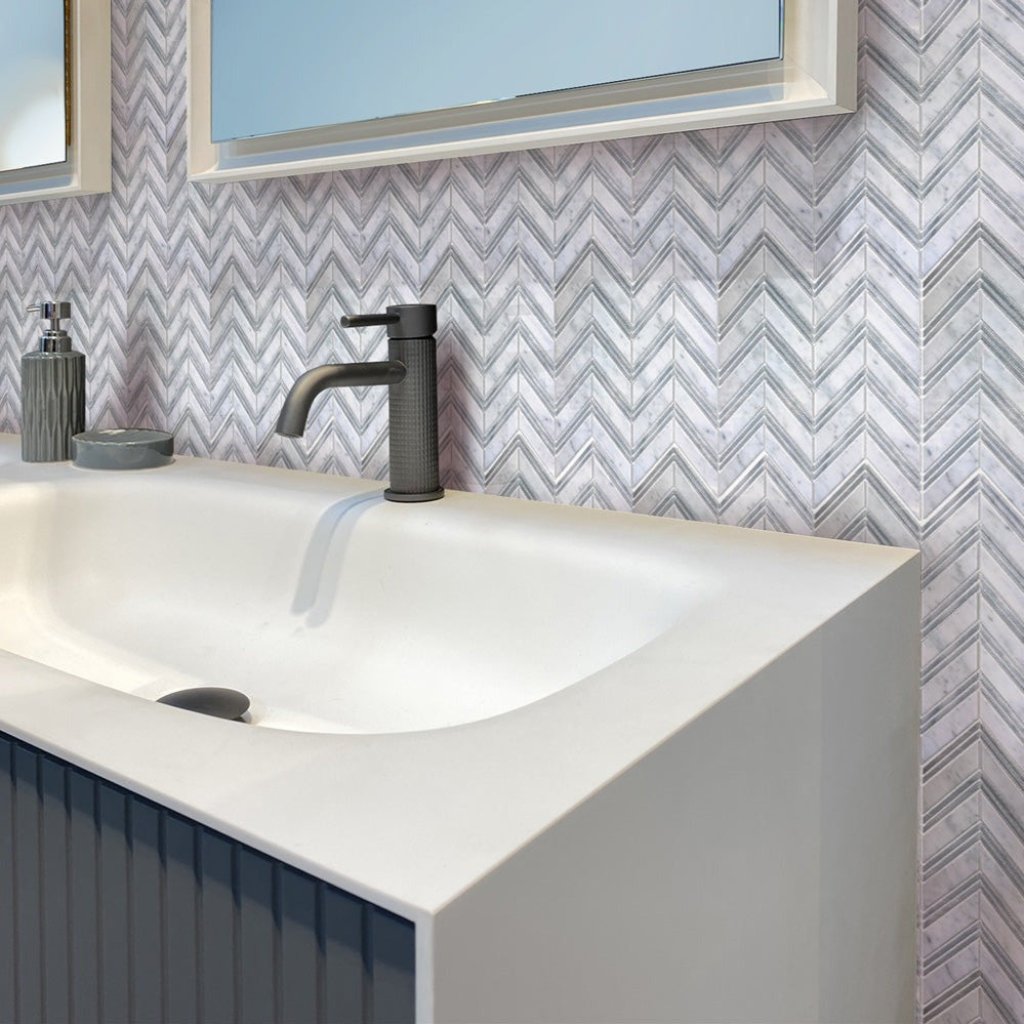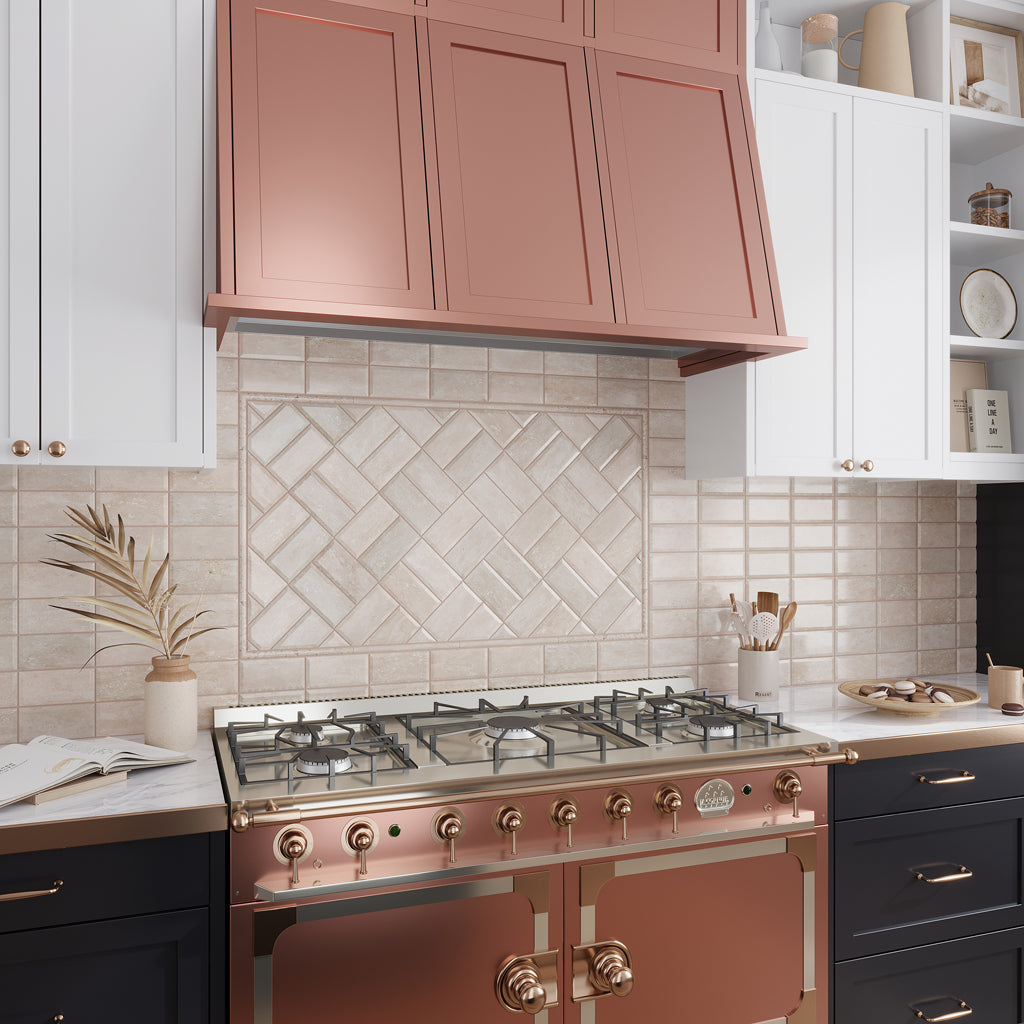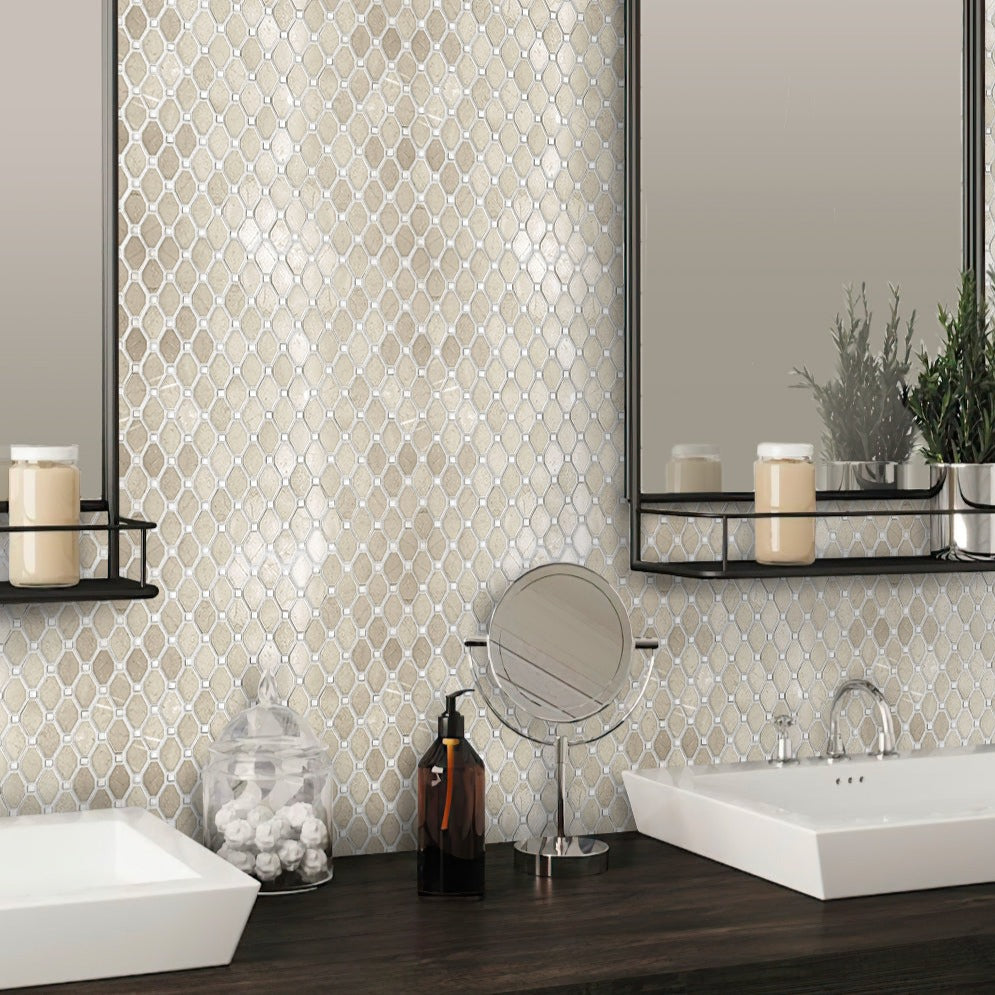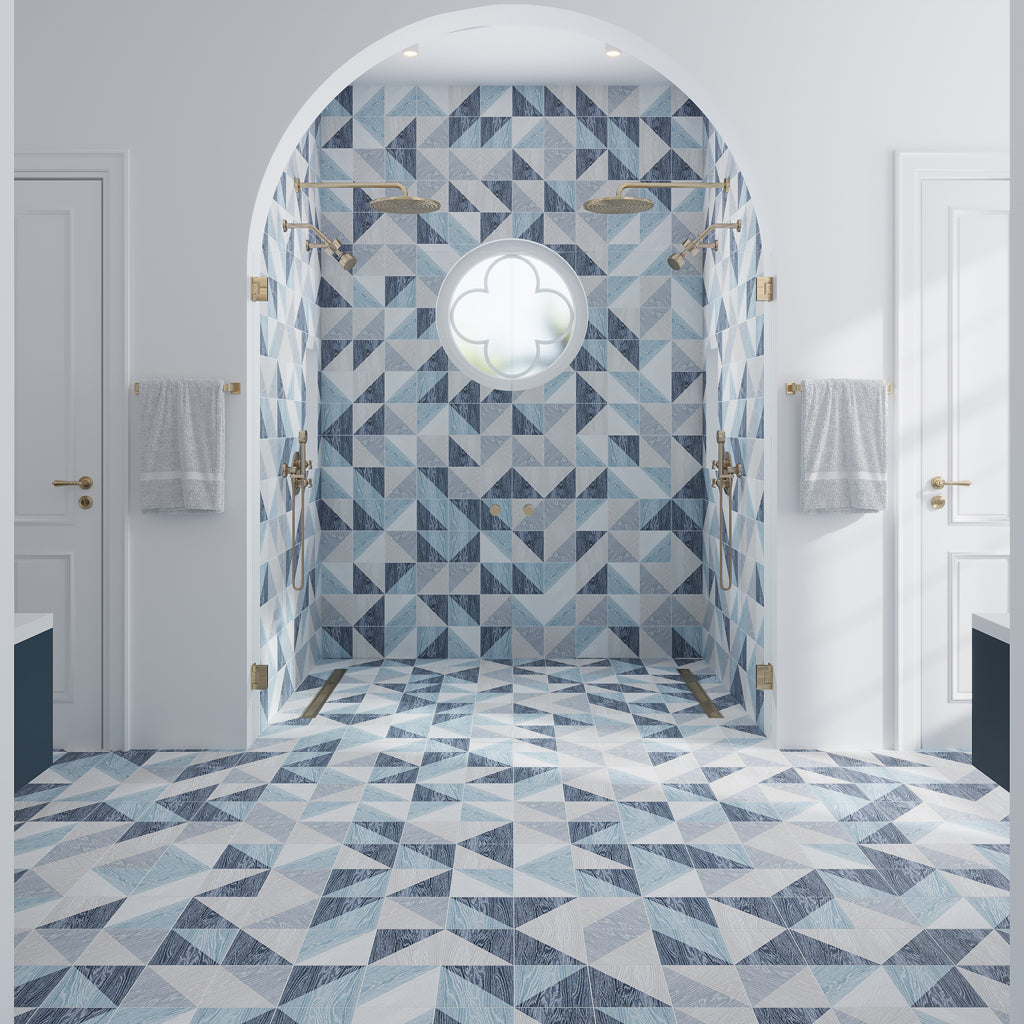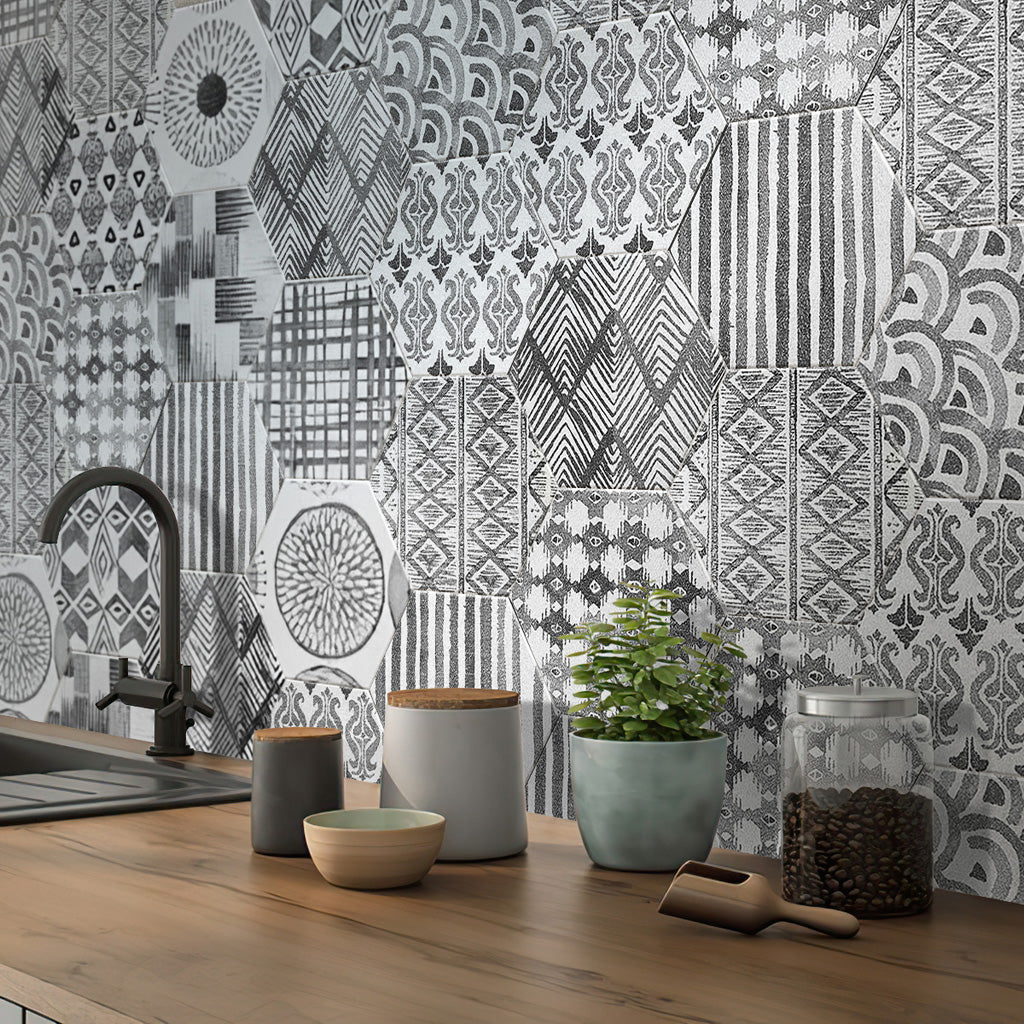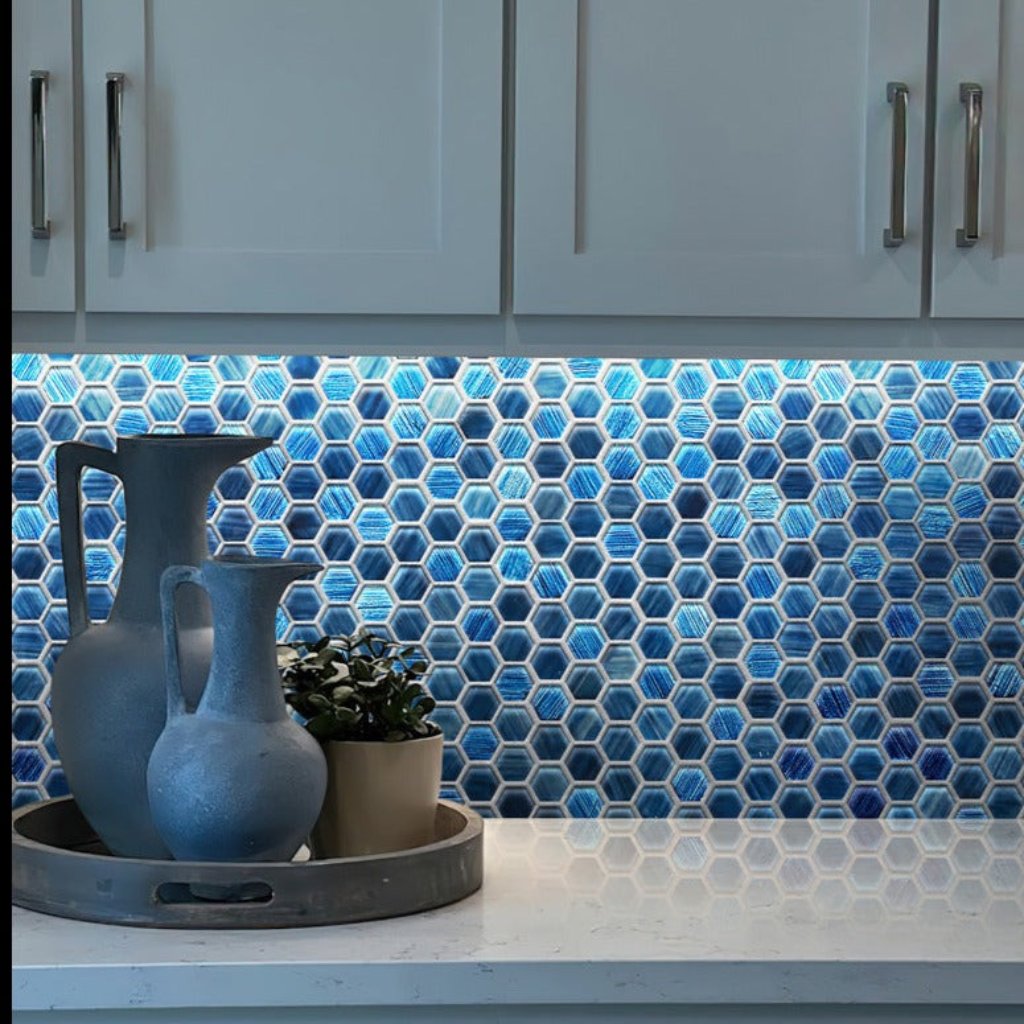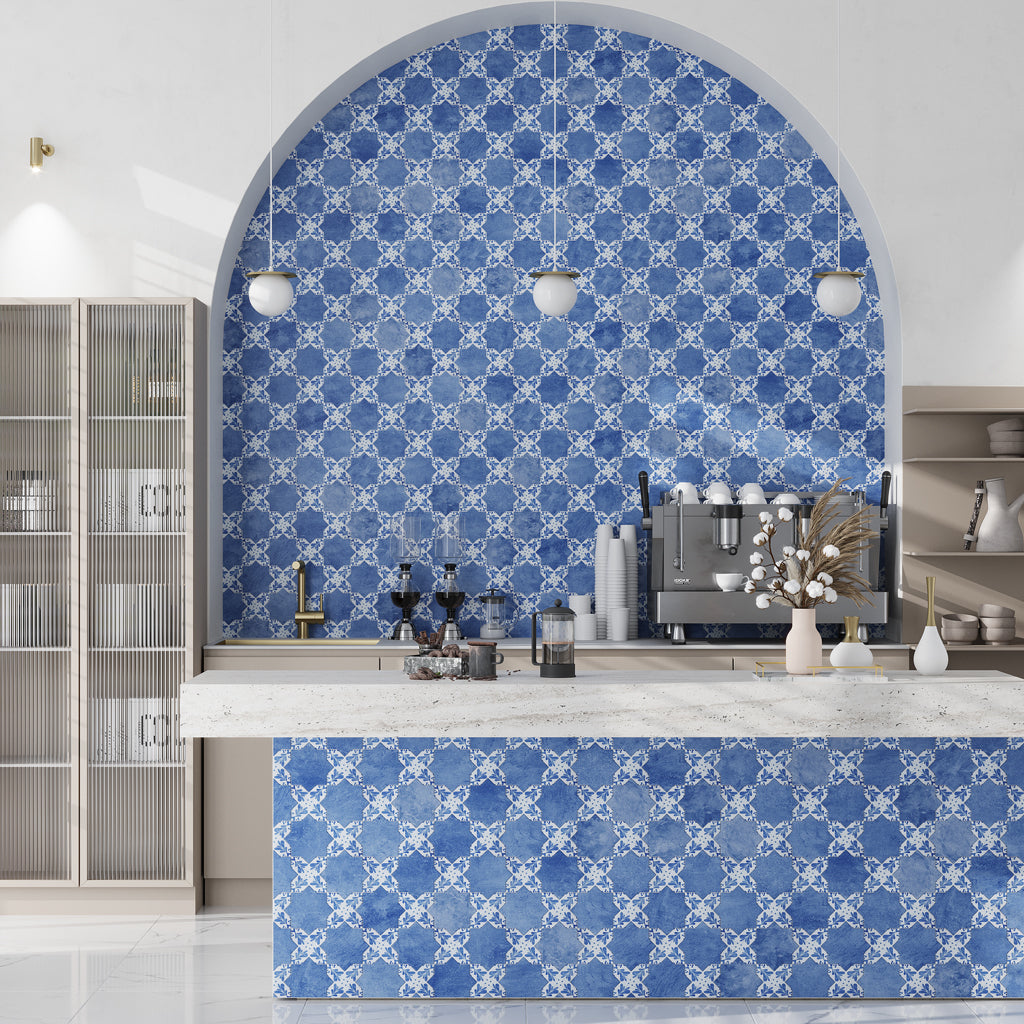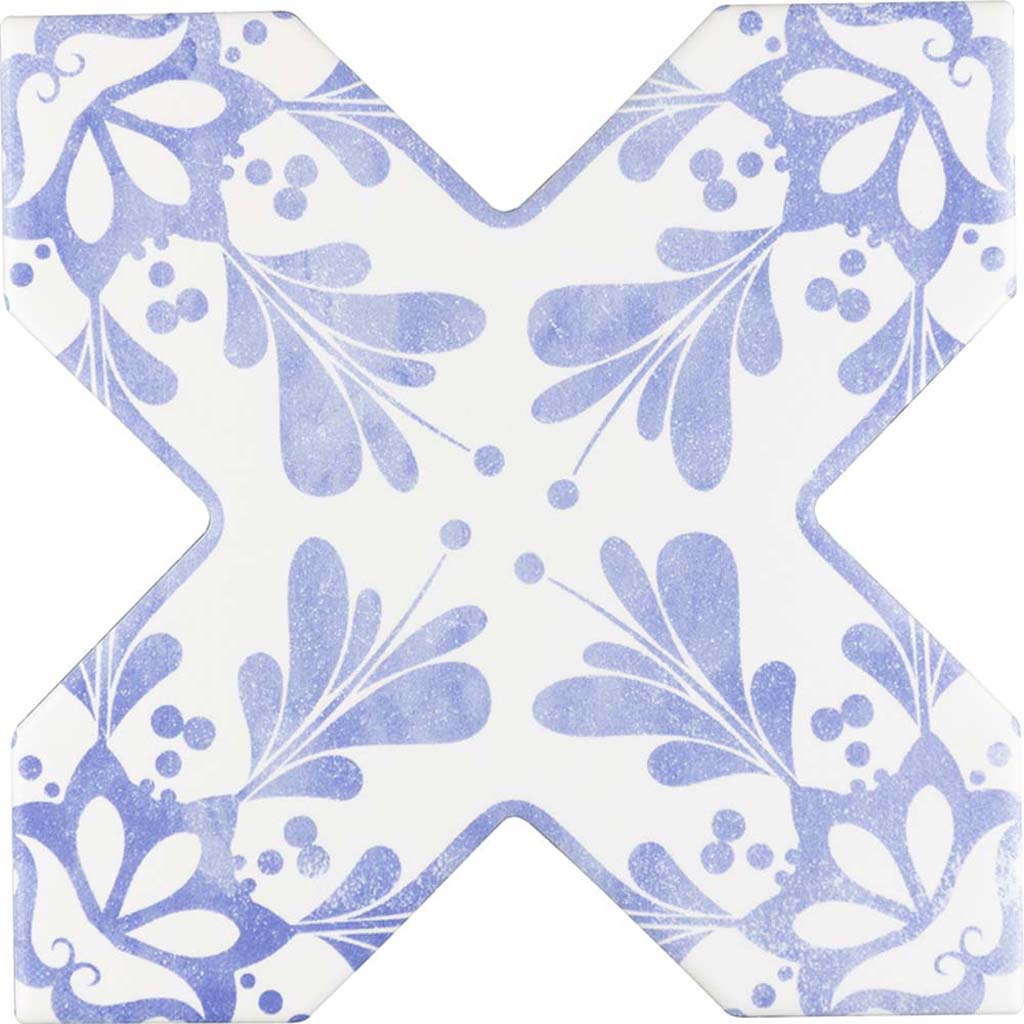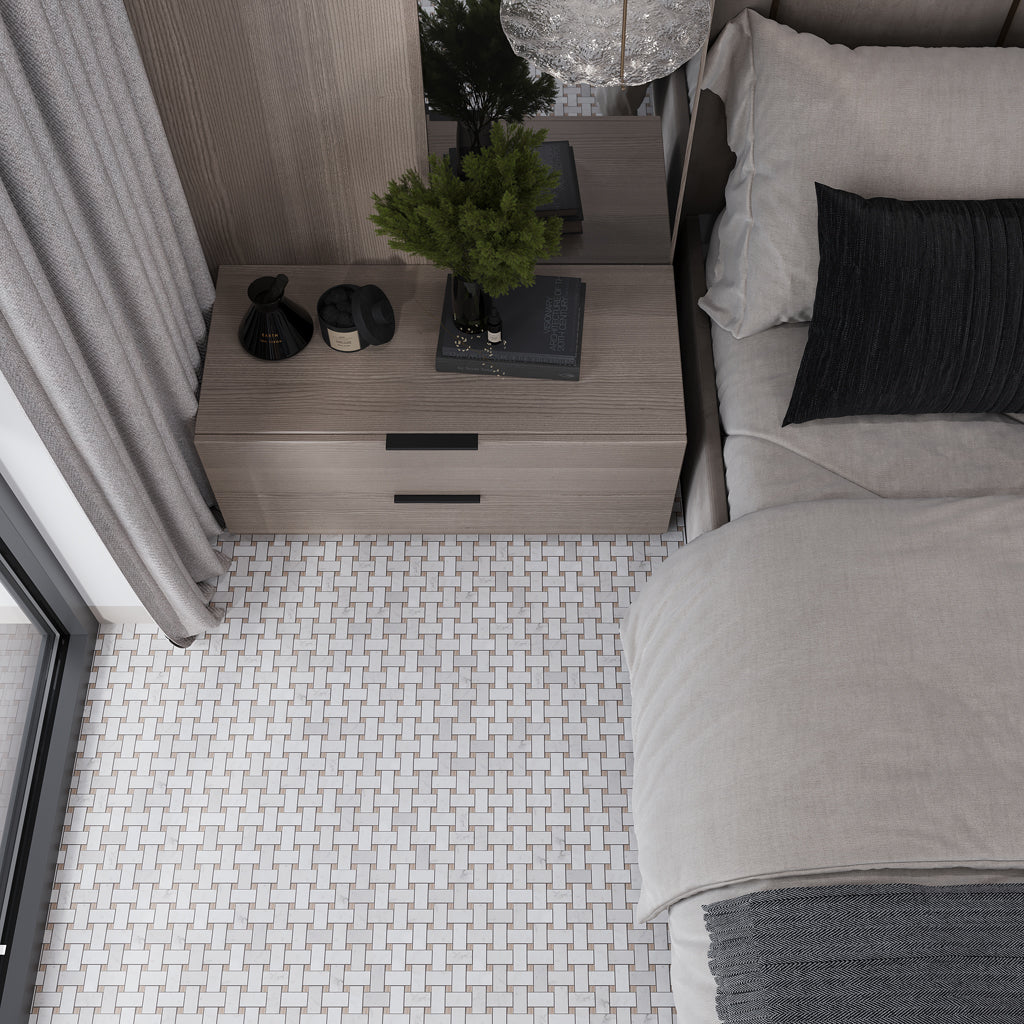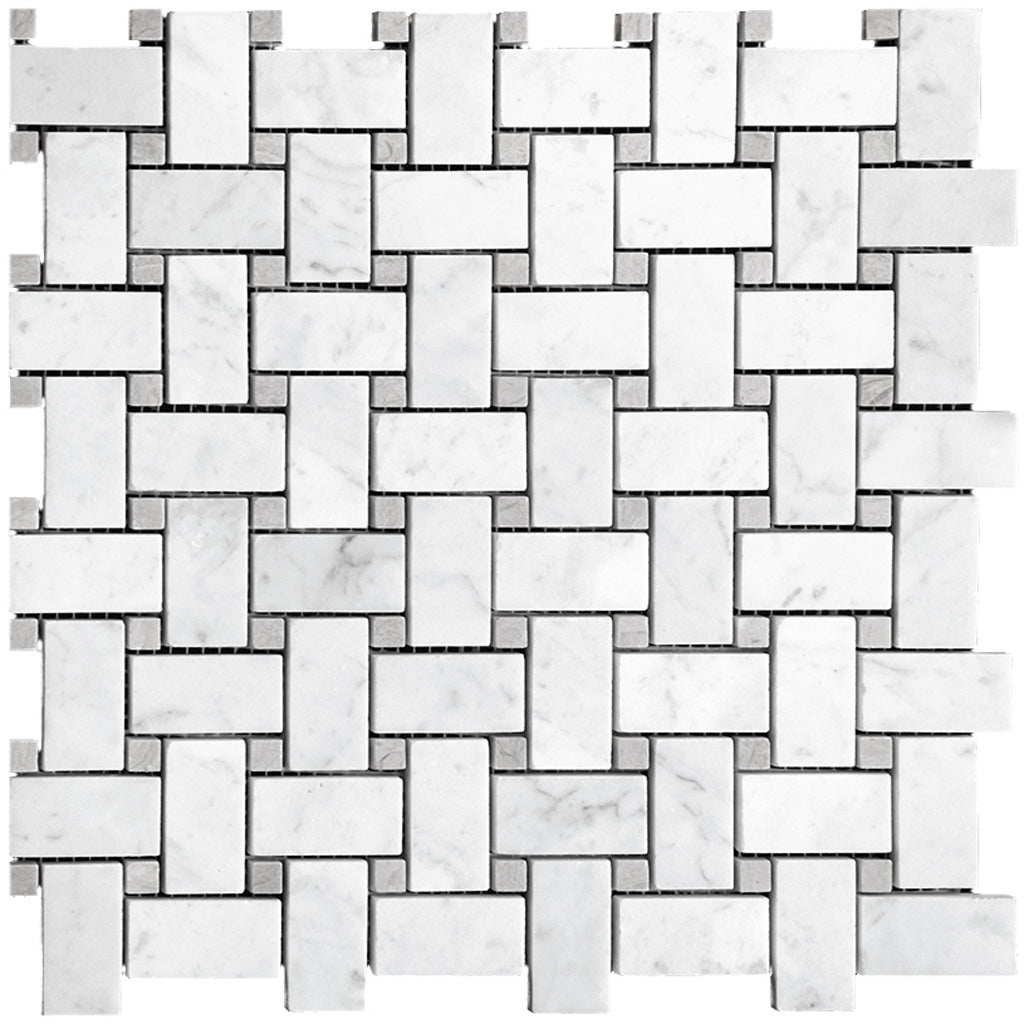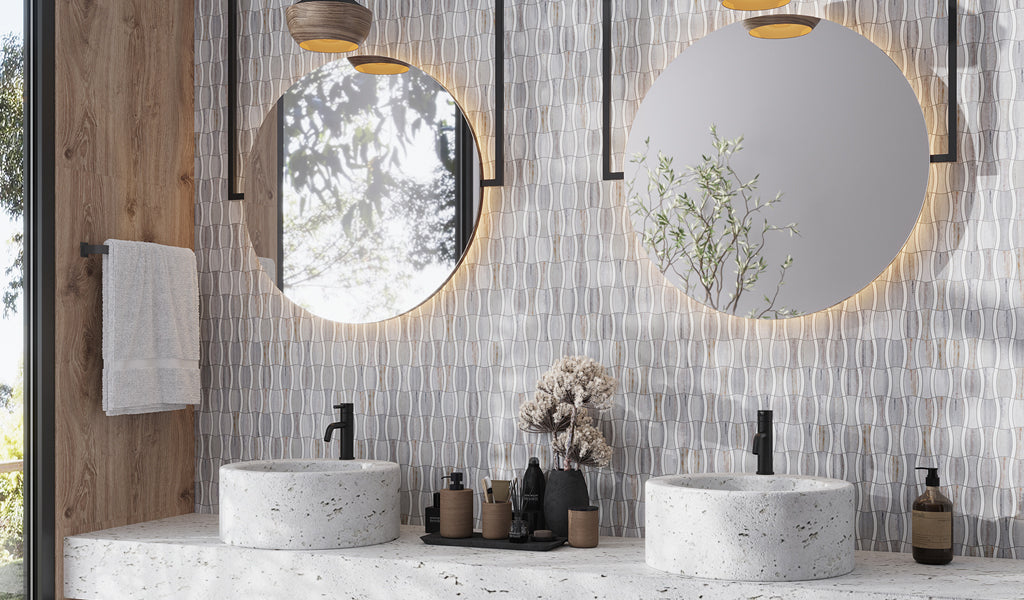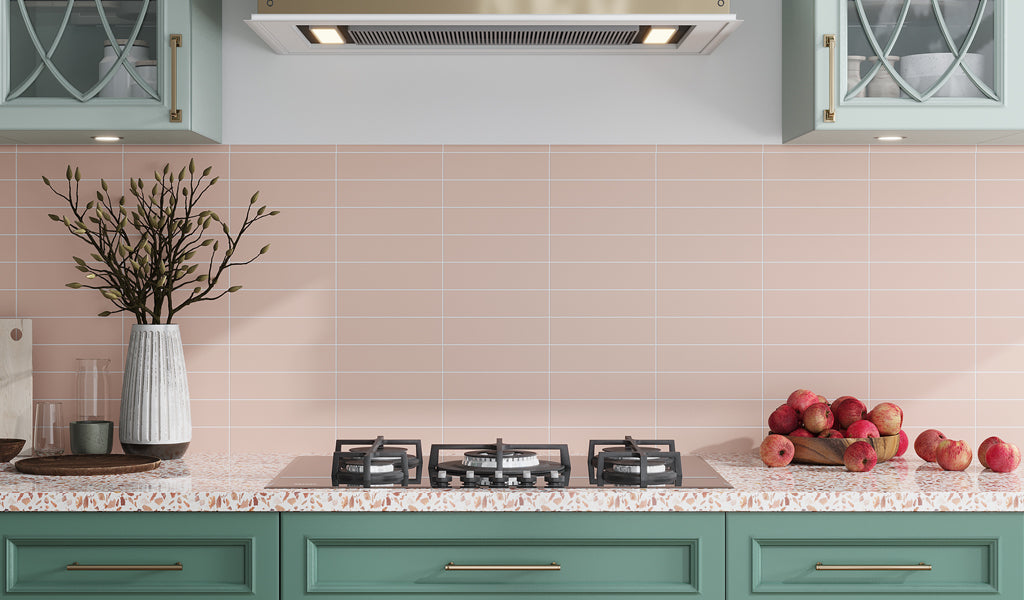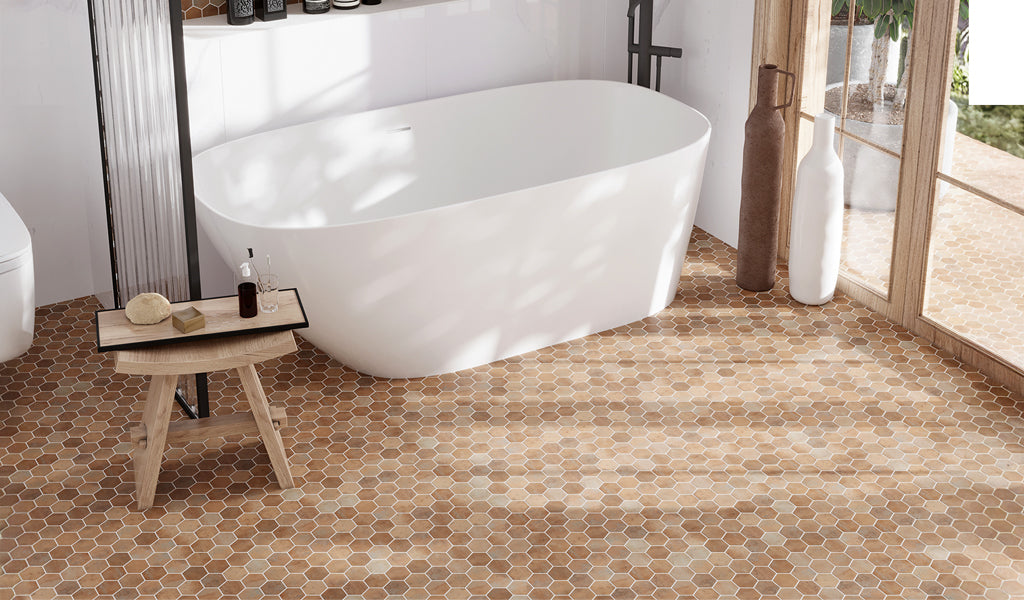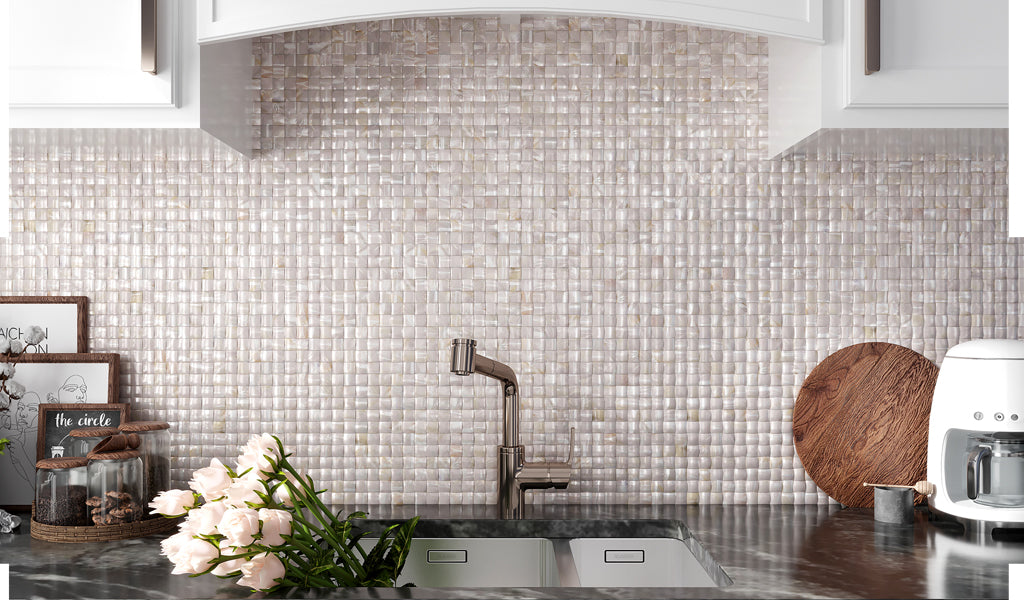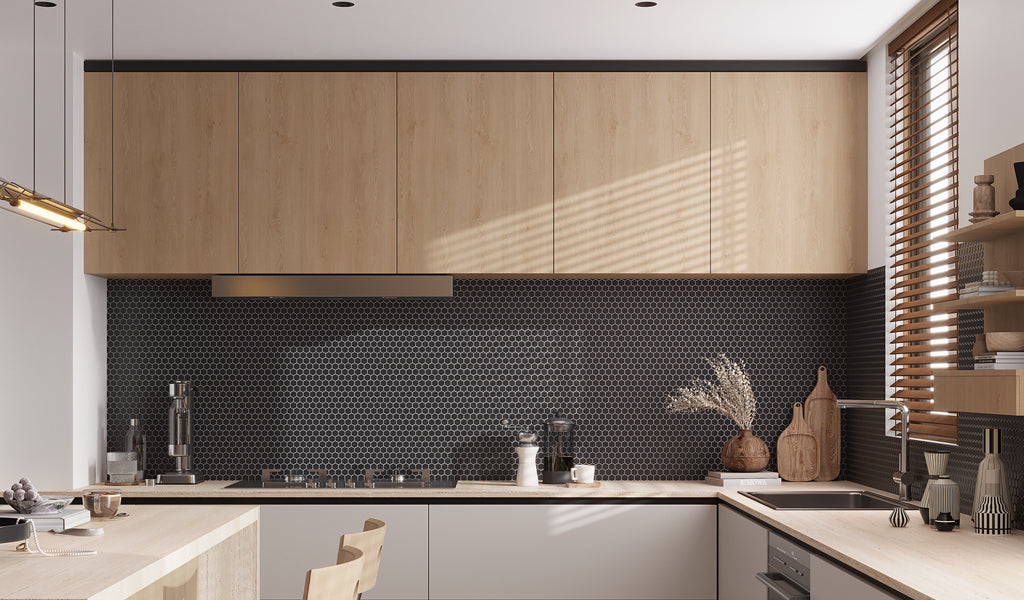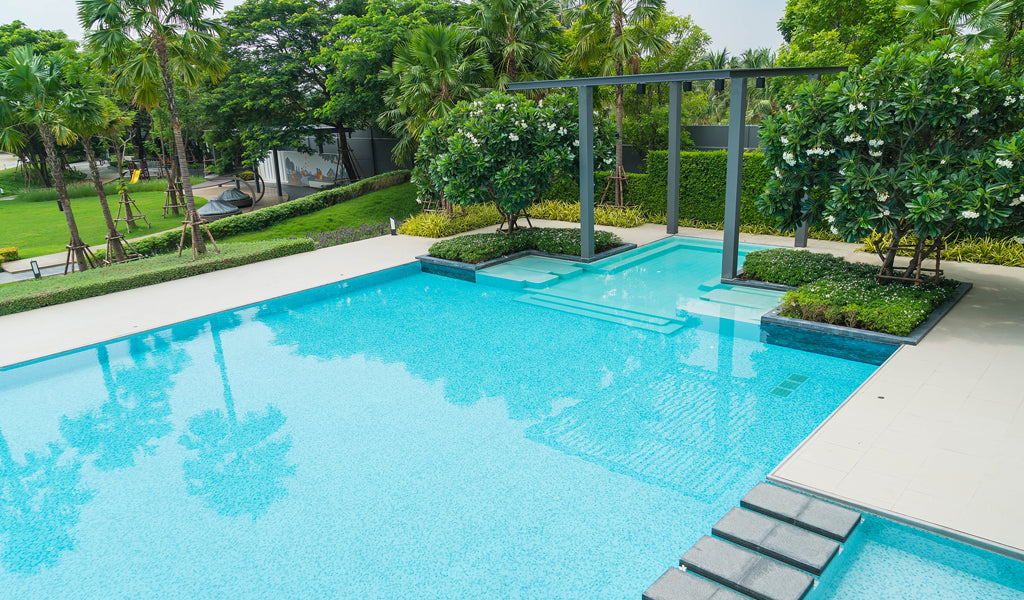Floor Tile Patterns: A Guide to Finding Your Perfect Match for Every Room
Dec 02, 2024Are you looking for fabulous flooring options to create an eye-catching space? We've got you covered at Apollo Tile. Design your dream home beyond colors, materials, shapes, and finishes. Do you wish to know how? Tile patterns are the answer to it!
Are you pondering upon what kind of tile patterns are available? No worries! With countless floor tile design ideas, we'll guide you to pick the right layout that adds pizzazz to your home or business space. Remember tile patterns are the best way to change a simple room into a stunning masterpiece. Let's read further to know more about it!
Popular Floor Tile Patterns and Layout for Every Room
Every tile pattern has its special beauty! Now you can easily curate your spaces, and add to the beauty and charm with numerous tile patterns listed below.
Whatever be it, the options are endless. The best part? We're here to make your dream vision come true. Let's explore!
1. Sleek and graceful patterns
A. Straight Lay Tile Pattern: Also referred to as a square grid, linear tile arrangement, classic grid pattern, or uniform tile layout. Create a simple yet contemporary design with this pattern. The tile edges can align both horizontally and vertically depicting clean lines, uniformity, and minimalism. You can also build a staggered grid using these square tiles, that form a brickwork design.
B. 1X1 Square Mosaics: Commonly known as mini-grid, microgrid, pixel grid, or compact grid. Mosaic tiles are the best choice for creating square floor tile patterns. They are not only used to decorate pool designs, but also to create wonders in showers, bathrooms, living rooms, patios, or garage floors. Their small size adds texture and highlights your flooring.
C. Checkerboard Tile Pattern: Frequently called checkered tiles, alternating square floor tile pattern, chessboard layout, or two-tone grid. Creating contrast between two colors will amp up your foyers, kitchens, living rooms, or commercial spaces. The visual rhythm created by the checkerboard tile pattern suits both modern and traditional settings.
D. Stacked Tile Pattern: You can arrange rectangular or subway tiles in both vertical or horizontal grid patterns. Note that the tile edges can be aligned (in-line) or staggered (offset) forming a “brick pattern” effect. Do you wish to manipulate spatial perception? Then, arranging in vertical grids can make a room feel taller, while horizontal grids make spaces feel wider.
E. Running Bond: Also known as a staggered joint, offset pattern, brick bond pattern, or half-brick bond. When you don't wish to do complicated cuts and at the same time create a balanced look, you can pick this running bond pattern where each row is offset by either half or 1/3rd width of the tile. You can also prevent crowning issues with this staggered or brick-like appearance and create an even and stable surface.
F. Diagonal Grid: Popularly termed as a diamond pattern, angled grid, slanted tile layout, or a rotated square design. Simply rotate square tiles by 45 degrees to create a diamond tile design and break the monotony in your shower floors. This diagonal pattern creates an airy and open feel when installed in your home.
2. Textured and Dynamic Arrangements
A. Herringbone Tile Pattern: Also called a fishbone pattern or a chevron variant (though Chevron differs slightly with mitered edges). Add texture and depth to your space with this zigzag effect that can be laid both horizontally and vertically.
Pick small herringbone designs to create intimate designs, while larger herringbone adds a sense of spaciousness. You can also lay a diagonal herringbone tile pattern, angled at 45-degree using either mosaics for a uniform look or individual subway tiles for added customization offering a unique twist to the design.
B. Chevron Tile Pattern: It is also recognized as a V-shaped pattern, zigzag pattern, herringbone variant, or angular layout. This floor patterns' sharp angles and symmetry provide a sense of movement to your space, adding a high-end, luxurious feel, and being adaptable to various materials like wood, stone, or mosaics.
C. Crosshatch Tile Pattern: Also referred to as woven layout or interlaced pattern. It breaks up flat surfaces while still creating a structured design. You can also alternate square tile and crosshatch design, to create an upward sense of motion and elongate your space.
D. Hopscotch Tile Patterns: In this pattern, smaller square tiles are placed in the center, surrounded by four larger square tiles, thus creating a playful and engaging design. It's a flaunting pattern that acts as a crowd-pleaser. You can use the same color scheme for the small and big tiles or contrast the squares in the center.
E. Octagon Dot Tile Pattern: Popular since the Victorian times, the octagon design with insets is available in shell and marble mesh sheets. The marble octagon dots can be used for shower areas and low, or high-traffic floors. It gives a luxurious feel and dynamic look that inspires every mind.
3. Decorative and Creative Layouts
A. Arabesque Tile pattern: Also called as ogee pattern, the Moroccan lantern pattern, artisanal tile layout, or a curved trellis pattern. If you're looking for something more than just beautiful, you can go in for this intricate, elegant Arabesque tile pattern that embraces trends, and makes your space look like a glamorous haven. Made out of polished stone material, it is suitable for all areas like patio, living room, garage floor, shower floor, and steam rooms except pools.
B. French Versailles Tile Pattern: Also identified as Versailles tile layout or French pattern, where tiles of different sizes are arranged to create a pleasing and decorative design. Made out of glass and stone materials with different finishes like matte, polished, and textured. It gives a bold, unique, luxurious, and breathtaking look to your rooms that turns out to be a stunning piece of art.
C. Fractured Prism Layout: Looking like a broken polygon this pattern created out of porcelain material with a matte finish is suitable for use in all spaces including steam areas, shower areas, bathrooms, living rooms, and pools. It's a perfect fit for modern farmhouses, urban homes, or other high-traffic commercial spaces.
D. 3D cube illusion Tile pattern: Make your interiors eye-catching with such peculiar 3D tile additions. The interlocking design of this floor pattern is sure to add depth and dimension to your spaces and can be used in all areas except pools and steam rooms.
E. Fish scale Tile Pattern: Also known as scallop tile or mermaid tile pattern that makes your space stand tall out. Resembling the overlapping scales of a fish, this pattern brings motion and fluidity to your spaces. These mesh-mounted mosaics in glossy glass material can be used in patios, backsplashes, and fireplace surrounds.
F. Ribbon Tile Pattern: If you are looking for a tile that withstands daily wear and tear, a ribbon tile pattern is the right option. It's an exceptional three-dimensional wall and floor tile pattern crafted from ceramic and porcelain materials. We offer warm wooden tones that create a calm atmosphere with its clean lines, resembling real hardwood tiles.
G. Slate Tile Pattern: Giving you a textured earthy tile pattern are these linear tiles that resemble natural slate. Exude beauty, charm, and warmth in your spaces with such rustic linear arrangement of glass and stone tiles, that suits both indoor and outdoor applications.
H. Boho Tile Pattern: Your contemporary thirst will be fulfilled with bohemian mosaics. Their eclectic tile design breaks stereotypes and helps you create a boho oasis. Available in glass, marble, metal, and porcelain tile varieties, with glossy, matte, and textured finishes, these tile patterns suit every room of your home or commercial spaces.
I. Floral Tile Pattern: Vote for floral designs to blend with nature in your tile pattern selection process. The floral patterns we have in marble, porcelain, and ceramic tile materials are absolute stunners that ramp up the style of your space with a refreshing twist.
J. Pebble Tile Pattern: When shapes are beautiful, abstract designs are marvelous, isn't it? Our pebble tile mosaics in different colors like blue, green, orchid pink, black, red, and white are a perfect tonic for your indoor and outdoor spaces. Add an exquisite glow to your space with pebble mosaics in glass, marble, and metal varieties.
4. Geometric Styles
A. Hexagon Tile Pattern: Also called a honeycomb pattern, beehive pattern, or a six-sided grid. Offering a classic look, decorate your home décor with this novel shape that has clear boundaries, and is attractive and soothing for the eyes. Look out for glass, marble, porcelain, and also peel-and-stick tile varieties in this trendy shape. They are suitable across all corners of your rooms. Be it small or large, we have it all!
B. Star and cross Tile Pattern: Using a crossed star tile design adds to the panache of your space. The unity of two symbols - an 8-point star and cross design, gives a graphic touch to your decor. We offer ceramic and porcelain star and cross tiles with matte finish that are a perfect complement to your farmhouse kitchen, remarkably durable, and stand the test of time.
C. Basketweave Tile Pattern: This interlocking basketweave pattern, creates a bold statement when installed on walls or floors. Available in marble material with a polished finish, these tiles are suitable for both low and high-traffic floors.
D. Penny Round Tile Pattern: Also known as coin round design, circular mosaics, penny tile, or mini round tile pattern, they are the most stylish, versatile, and classic design for any space. We have everything from striking metal to luxurious marble and timeless ceramic to iridescent glass materials, suitable for both residential and business spaces.
E. Arrowhead Pattern: Also identified as the pike peak design or triangular arrow pattern, it helps to create a detailed tone in your décor. Give a bold and unique design to your living room floors, garage floors, or shower walls with this pointed pattern. It also heightens your space and makes it look more expansive.
Choosing the Right Tile Pattern for Your Space
You can pick from these numerous tile patterns based on:
- Small or larger spaces
- Simple or intricate layout
- Texture and movement planned
- Open or compact space
Take into account your room's size, theme, and décor when choosing floor tile patterns to get a balance between style and performance.
Frequently Asked Questions:
1. What is the best tile pattern for a small room?
The best tile pattern depends on your requirements for a small room. Whether you wish to lengthen your space with an arrowhead pattern or a vertical grid, create an open, spacious, or airy feeling with a herringbone pattern or diagonal grid, or liven up with boho tile designs is up to you.
2. What floor tile patterns make a room look bigger?
Larger tiles usually make the area more open, spacious, and expansive. You can pick from the diagonal grid or diamond tile, herringbone, or chevron patterns, or also lay rectangular tiles vertically to lengthen the space.
3. How Important is the size of tiles when considering a pattern?
While larger tiles make the tile floor patterns feel expansive, smaller tiles help to create detailed designs. The tile size determines the grout lines required and how it interacts with the design. Selecting the right tile size complements your room's dimensions, style, and aesthetics.
4. Can I mix different tile styles in one space, and how?
Yes, balancing different tile materials and finishes complements your designs and makes your space look stylish. Example: Pair wood-look tiles with sleek marble tones to spice up the rustic vibe in your space.
5. How do I maintain different types of tile patterns?
Avoid acidic cleaners. Using neutral pH cleaners and just wiping with a damp cloth is the best idea to maintain different tile patterns. Moreover, cleaning depends on the tile material rather than the pattern.
6. How to Layout Floor Tiles?
Measure, plan, and order tiles prepare the surface, mark the layout, apply adhesive, cut and place the tiles, grout, and finish by sealing if it's marble tiles.
7. How to get a straight line for tiling a floor?
Make sure the surface is leveled, mark a reference line to guide you through the installation process, use spacers for even grout lines, and recheck alignment to avoid drifting.
8. Is it better to stack or stagger tile?
If you wish to create a symmetrical look you can stack floor tile designs where the edges are aligned or add texture and movement to the décor by staggering tiles where the edges are offset either ½ or 1/3rd. Stacked tiles are simple and have sharp lines, whereas staggered tiles provide stability and hide imperfections.

